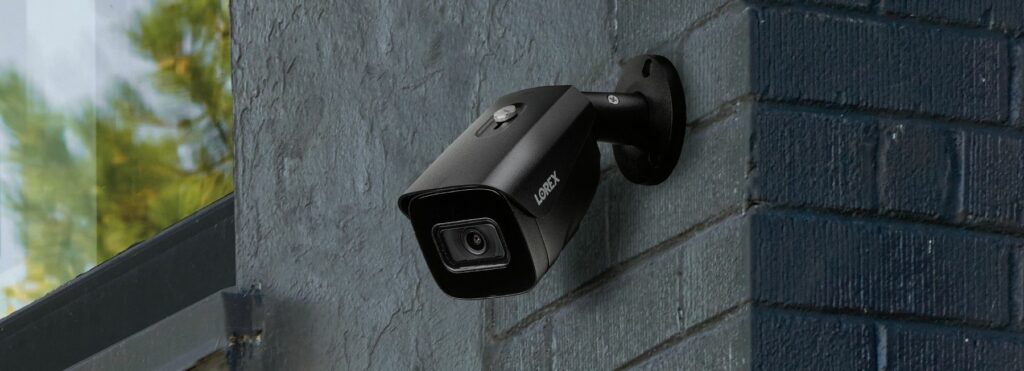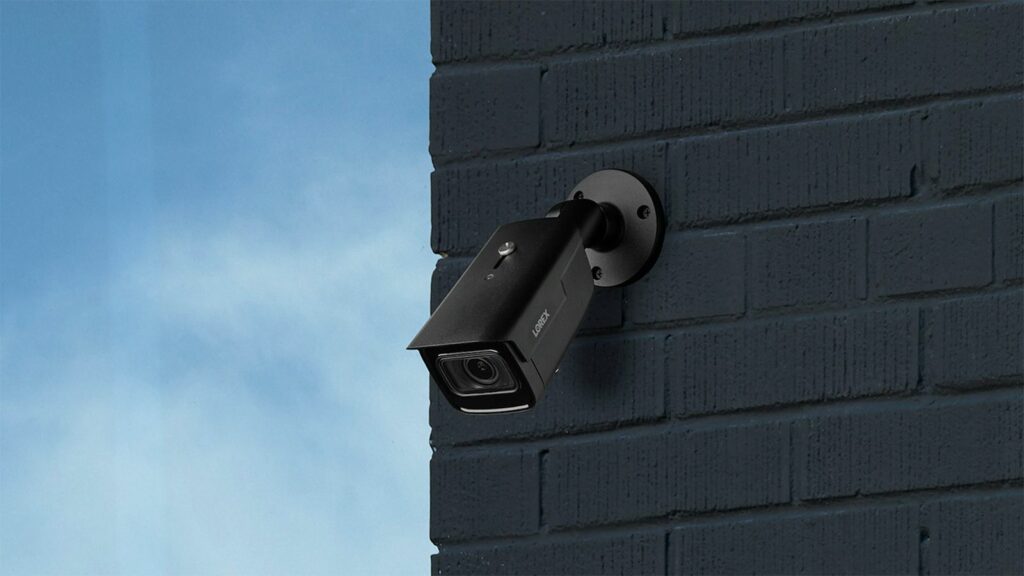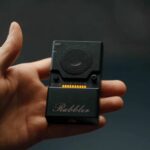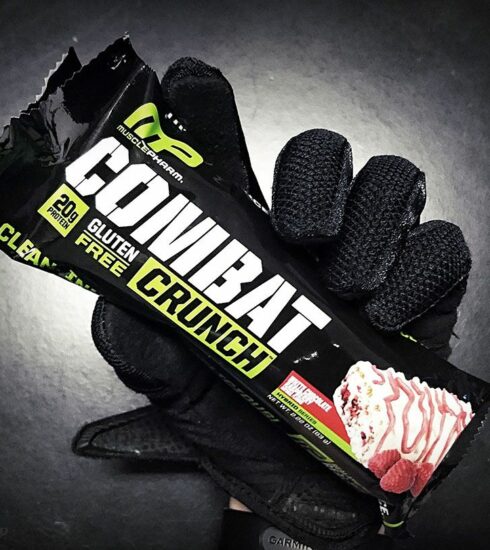Where to Put Security Cameras at Home
Your home is unique, so no single security camera placement will work for everyone. However this guide helps you consider all the aspects of your property and identify which ones are absolute musts based on vulnerabilities and probability.
With the security of physical places, objects and persons, any measure for or against it are irrevocably subject to 3 laws; force, effort and time.
When it comes to your home’s security, there is no one-size fits all policy. The layout and budget of the property will affect where you place cameras in order for them be effective at deterring criminals from targeting this area or not. I’ve identified some key considerations that should help guide you through installing a system.

Where to Put Security Cameras at Home:
Main Entrance Front Door
The most obvious and generally most important place to put a security camera. The front door is often where burglars strike, so it’s important to have a security camera installed. A good option for homeowners with kids or pets who need quick access into the home without having strangers enter through an entranceway way off campus – like your garage. Security video doorbells which can be used as both primary monitors and backups when linked up wirelessly via WiFI cameras placed at strategic spots around house such that they always capture footage of people coming in and going out.
Driveway
Keep an eye on your garage and driveway as this will be the primary way an intruder or anyone else to approach your home. You can also monitor whether or not anyone approaches from outside by checking for cars coming upending down their driveway before entering into yours. Don’t let anyone get too close without knowing about it first because there may be other ways they’re trying to break in like picking or already unlocked doors. Conveniently, this will probably the most used camera for non-criminal purposes, just to see who comes to your door, like deliveries.
Secondary Entry Doors
Back doors, side doors and other exterior doors can provide am intruder with an easy way into your home undetected. To ensure full knowledge of everyone who enters and leaves, it’s important to add cameras at secondary locations like doorways or basement windows where you might expect criminals would attempt entering unnoticed; especially if one is used more often than others.
Backyard
The installation of a security camera in your backyard will give you peace-of mind when it comes to knowing what’s going on outside. We tend to focus on the front exterior of our homes for potential intruders while neglecting the back, which is not surprising but if installing multiple cameras, the backyard is a must. Whether they’re people or animals that shouldn’t be there, the footage can help identify who has entered into prohibited areas.
Living Room
This place is also often connected or is part of the kitchen and dining room, the busiest parts of the home. So it’s ideal to put a camera or two in this area. Not only for security but to keep an eye on the many things that go on here. It could be pets while you’re away, the kids playing, a babysitter to monitor etc. It’s also particularly important if your living room has large sliding doors that lead outside, as this is a major vulnerability point.

Main Hallway
Installing a security cameras in a “bottle neck” area is vital. A main hallway where you must go through to get around the house is extremely strategic. If someone breaks into a bathroom or bedroom without being detected by another camera it will still show them moving around inside of our house. If an intruder is clever and intentionally manages to avoid all the exterior cameras, they may not be able to avoid this surprising one.
Bedrooms
For privacy and comfort reasons, you generally shouldn’t put security cameras in bedrooms. There are exceptions such as baby rooms, pet rooms and for disabled children. Alternately, adding a camera in a large walk-in closet could be beneficial if you have valuables in there – having it activate upon motion detection.






